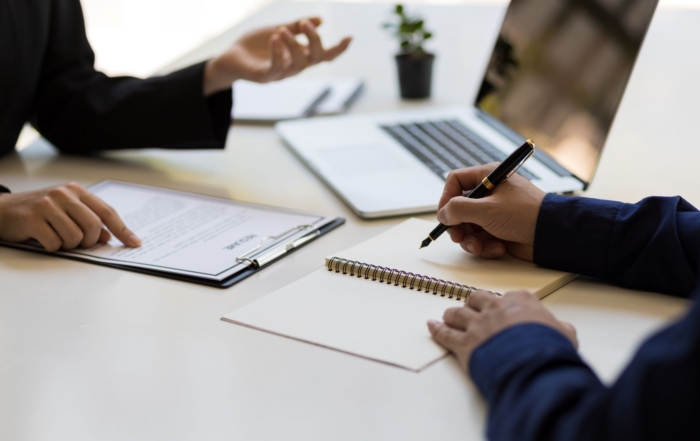Employee assistance programs, or EAPs, provide a win-win solution for both employees and organizations. By offering access to mental health assistance programs such as therapy services, and short-term counseling sessions, EAPs enable employees to take care of their mental health without incurring any costs.
What’s an EAP?
An EAP is a benefit that many organizations provide to their workforce. This benefit allows employees to access mental health assistance programs in the form of therapy services, short-term counseling sessions, and more. The access to these services is offered by and paid for entirely by the employer. EAPs also can help with substance abuse and addiction, financial stress, family issues, and much more.
The NARFA EAP has many options including telehealth and in-person visits, and is completely confidential.
Implementing an EAP can have numerous benefits for organizations. Firstly, it creates an empowered working environment that prioritizes the well-being of employees. This positive and supportive atmosphere can reduce stress and enhance productivity, resulting in a more efficient and fulfilled workforce.
Additionally, an EAP can help reduce absenteeism caused by poor mental health and minimize distractions that can impact performance and productivity. By providing employees with the necessary support to overcome mental health difficulties, EAPs can lead to higher employee retention rates and reduce turnover risks.
Employee Assistance Programs (EAPs) have traditionally been viewed with some hesitation in the workplace. Employees who sought EAP services were sometimes unfairly stigmatized as needing help or support. However, in recent years, there has been a shift in perception about EAPs. Employers have recognized the importance of offering employees access to mental health and other support services, and EAPs are now seen as a valuable benefit for all employees. By offering EAPs, employers can provide employees with confidential counseling and other resources to help them manage a variety of personal and professional challenges. With the growing recognition of the benefits of EAPs, it’s likely that any stigma surrounding these programs will continue to fade, making them an increasingly important tool for employers looking to support their workforce.
Recent Posts
Beyond Paperwork: How Your Benefits Administrator Becomes Your 2025 Benefits Strategy Partner
The 2025 Reality: Why Off-the-Shelf Plans Aren't Working Every year, the renewal notice arrives with a painful rate increase. For small and mid-sized businesses, this [...]
Due Diligence Checklist: How Strong Corporate Governance Increases Business Valuation
Whether you are raising capital, securing financing, or preparing for a sale, your company’s corporate structure and governance tell a story. That story can either [...]
7 Health Insurance Renewal Questions Every Business Owner Must Ask
Every year, business owners walk into their health insurance renewal meetings expecting a fair review, and walk out facing another unexplained increase. This year, change [...]




